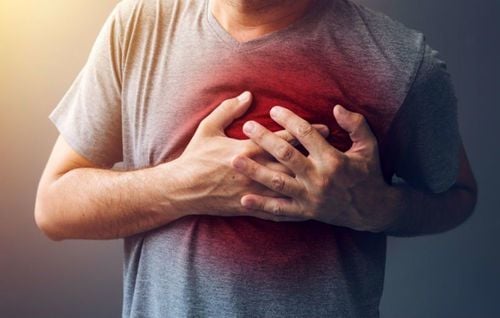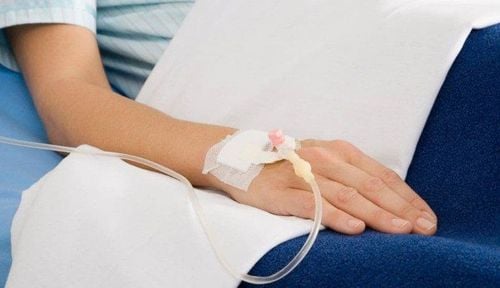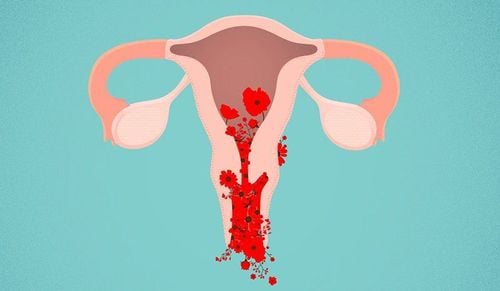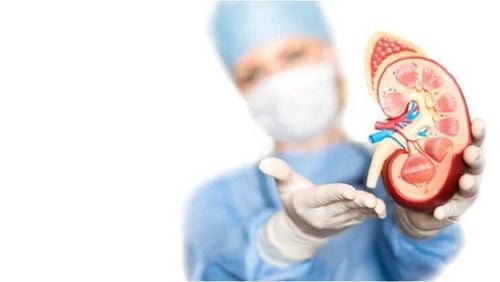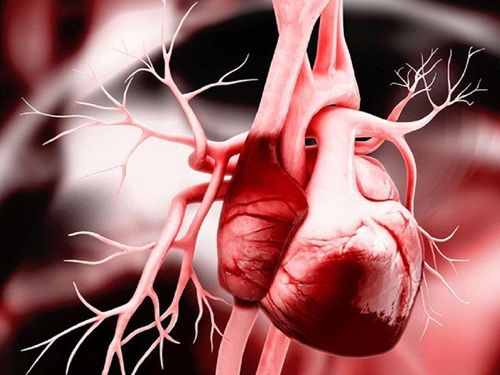This is an automatically translated article.
The article is professionally consulted by Specialist Doctor I Do Van Manh - Emergency Department - Vinmec Ha Long International Hospital.
Commonly used drugs are opium drugs, of which heroin is the most common. Acute poisoning with opium drugs can cause rapid death due to respiratory arrest, respiratory failure, and hypotension.
1. The concept of opium drugs
The most commonly used drug today is an opium drug, the most common being heroin. Users of these addictive substances will gradually increase the dose to meet the feeling of "satisfaction". It is for this reason that it can easily lead to poisoning and lead to death.
The opium group is divided into 2 types:
Opiates: These are substances derived from the resin of the opium poppy (Opium poppy); Opioids: These are compounds from which all direct effects are antagonized by naloxone. Opioids are classified into natural, semi-synthetic, and synthetic forms.
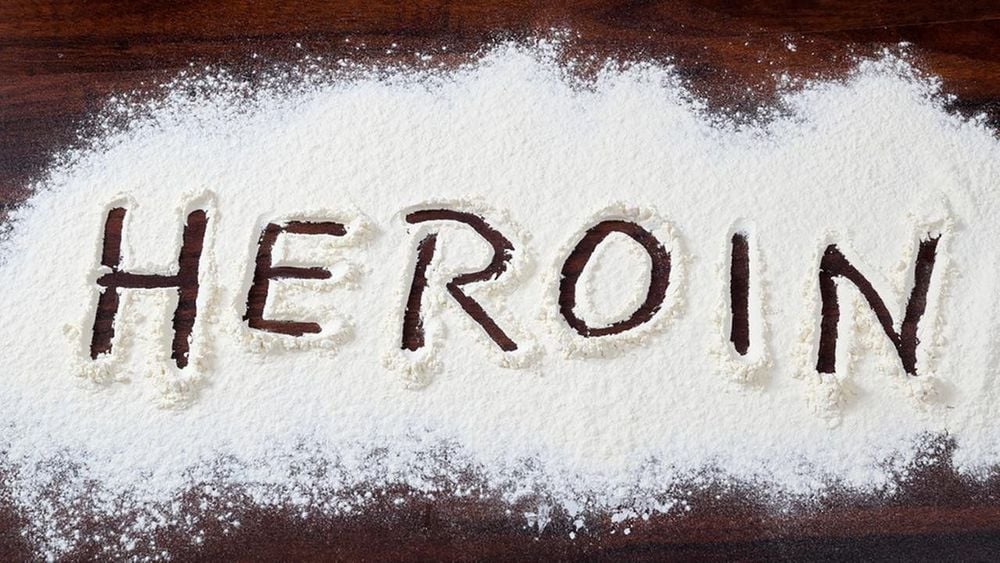
Heroin là ma túy thuộc nhóm opi
2. Opium drug poisoning
To diagnose a person with drug poisoning or not will be based on the following signs:
2.1 Clinical Central Nervous System Suppression : An opi drug user when intoxicated will show signs of change from lethargy, somnolence, restlessness, psychosis due to sigma receptor stimulation, convulsions or even coma. Pupil constriction: In opioid poisoning, parasympathetic effects on the pupil lead to pupillary constriction. Respiratory failure: The first sign is that the patient's respiratory rate decreases but the breathing amplitude has not been reduced and when the poisoning situation becomes more severe, the person with drug poisoning will become cyanotic, the respiratory rate is very slow. Cardiovascular: Opi is an increase in venous system capacity causing a decrease in systolic and diastolic blood pressure; shock, cardiovascular collapse; arrhythmia. Digestive system: Nausea and vomiting appear. Other signs: Signs of stagnant urine, acute renal failure, hypoglycemia and hypothermia.

Đồng tử mắt bị co
2.2 Subclinical Patients with opioid poisoning when taken to the emergency room, the first thing to do is to take a blood sample for CBC, arterial blood gas, glucose, urea, creatinine, GPT, GOT, CK, electrolytes, barbiturates, other sedatives, hepatitis virus antigens and antibodies. The next test to do is to take a urine sample to test for opiates.
If the patient has infectious pulmonary embolism or endocarditis, a systemic blood culture, sputum microscopy and culture, and skin ulcer will be performed. If the patient has signs of traumatic brain injury, it is necessary to perform a cranial X-ray, a CT scan of the brain and an EEG.
3. Treatment of opioid poisoning
When a patient has signs of opi-group drug poisoning, when taken to the hospital for emergency, doctors will need to prepare medical tools and support machines and conduct treatment as follows:
3.1 Medical instruments, supporting machines Infusion tools are sterile. Personal protection for doctors: hats, masks. Disinfectant hand sanitizer. Supporting machinery: endotracheal tube, ambu balloon, ventilator, monitor monitor.
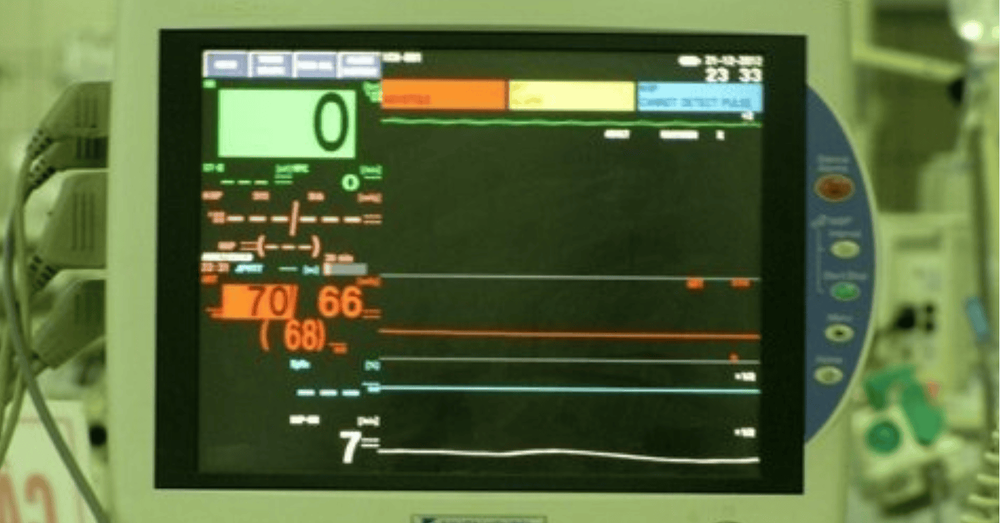
Người bệnh cần được màn hình monitor theo dõi các chỉ số sinh tồn
3.2 Specific treatment Patients with psychotic symptoms, when admitted to the hospital, need to keep the patient fixed on the hospital bed. The doctor will assess the patient's consciousness through glasgow score, breathing rate, pulse, blood pressure index, pupil dilation.
Resuscitation: Use oxygen balloon, intubate the ventilator when the patient shows signs of respiratory failure. Use vasopressors in patients with hypotension. After the patient is stabilized, a chest X-ray can be taken.
Treatment of acute pulmonary edema: Intubation is indicated when necessary. Use naloxone IV 0.8 - 1.2mg, repeat injection every 5 minutes until the patient regains consciousness and is breathing well. Patients with pulmonary edema should not receive much fluid. The patient's condition returned to stable, chest X-ray and blood gas were taken for monitoring. Electrocardiography also requires continuous monitoring.
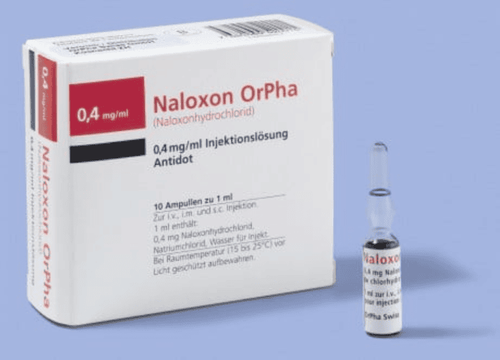
Thuốc Naloxon được sử dụng trong điều trị
Use naloxone to block 4 types of opi receptors. Rapid administration of naloxone often saves opium poisoning. Specialist Doctor Do Van Manh has more than 10 years of experience in the field of Critical Care - Anti-poison. He used to be the Deputy Head of the Intensive Care Unit at Quang Ninh General Hospital before working at Vinmec Ha Long International Hospital.
Customers can directly go to Vinmec Health System nationwide for medical examination and treatment or contact to book an appointment online HERE.
MORE:
Treatment of acute ethanol poisoning Treatment of paracetamol poisoning Treatment of toxic mushroom poisoning





